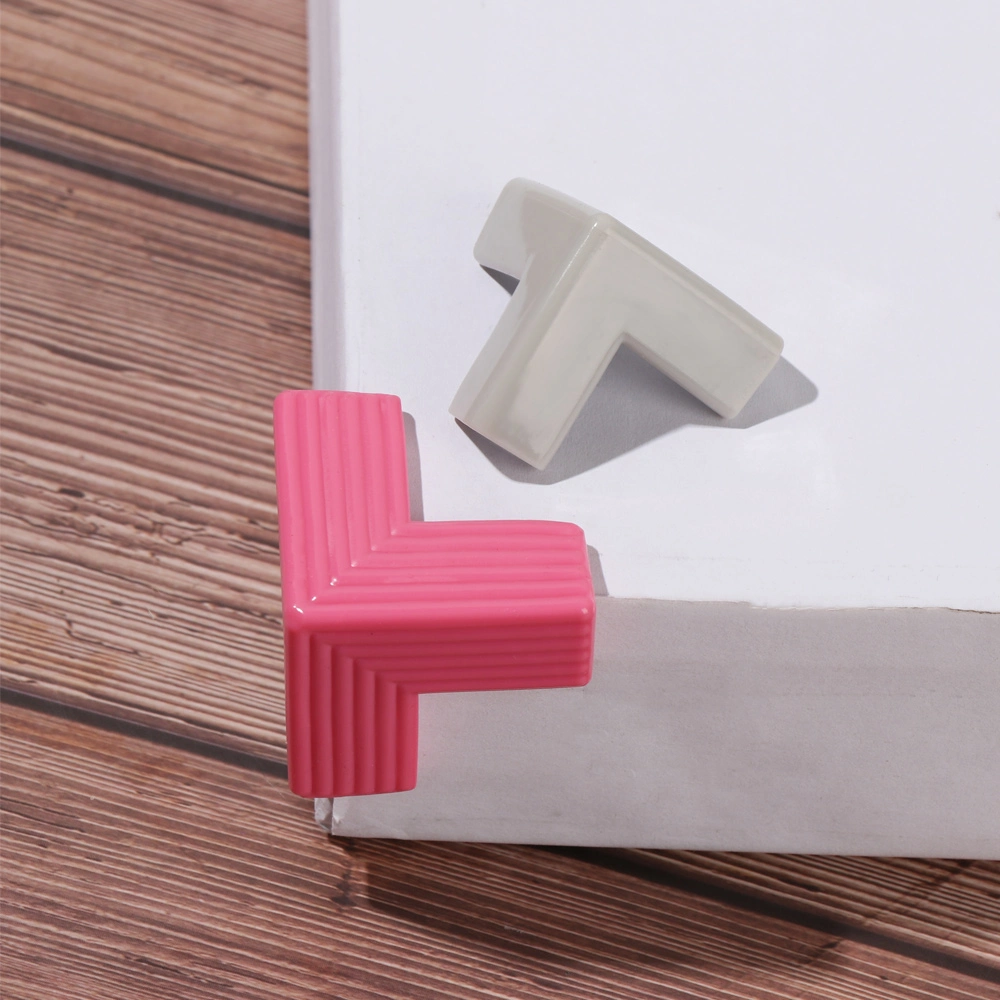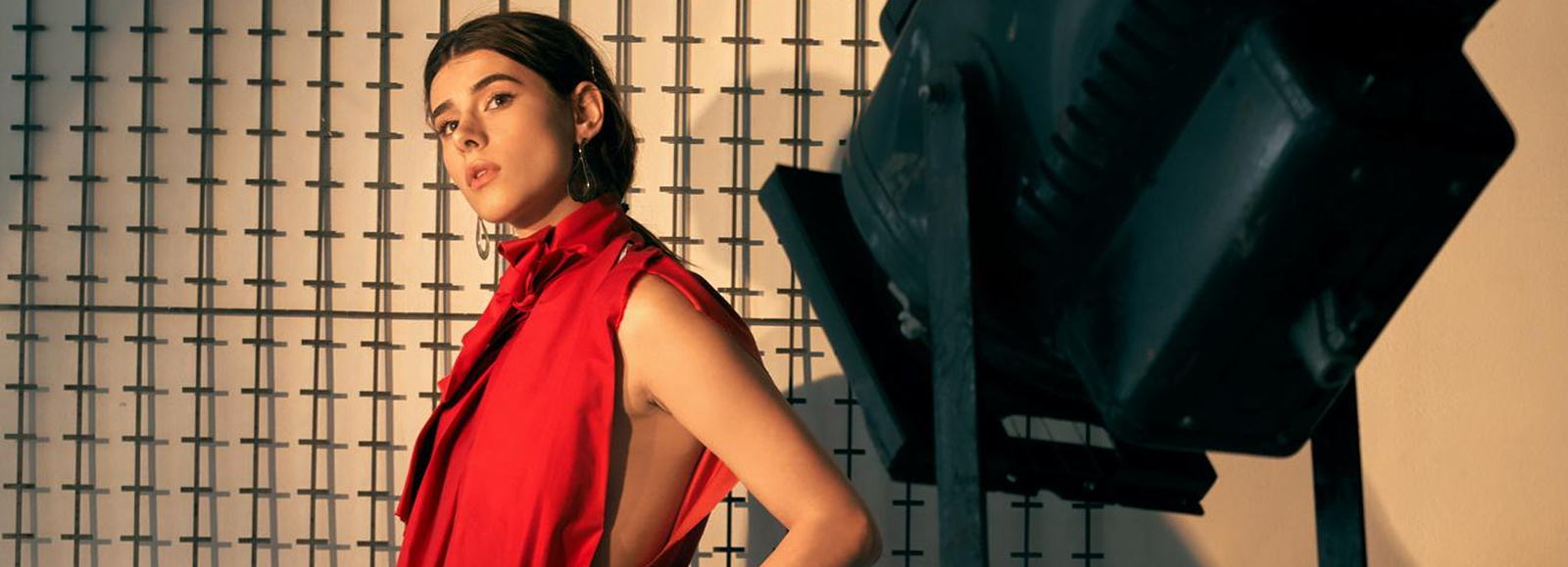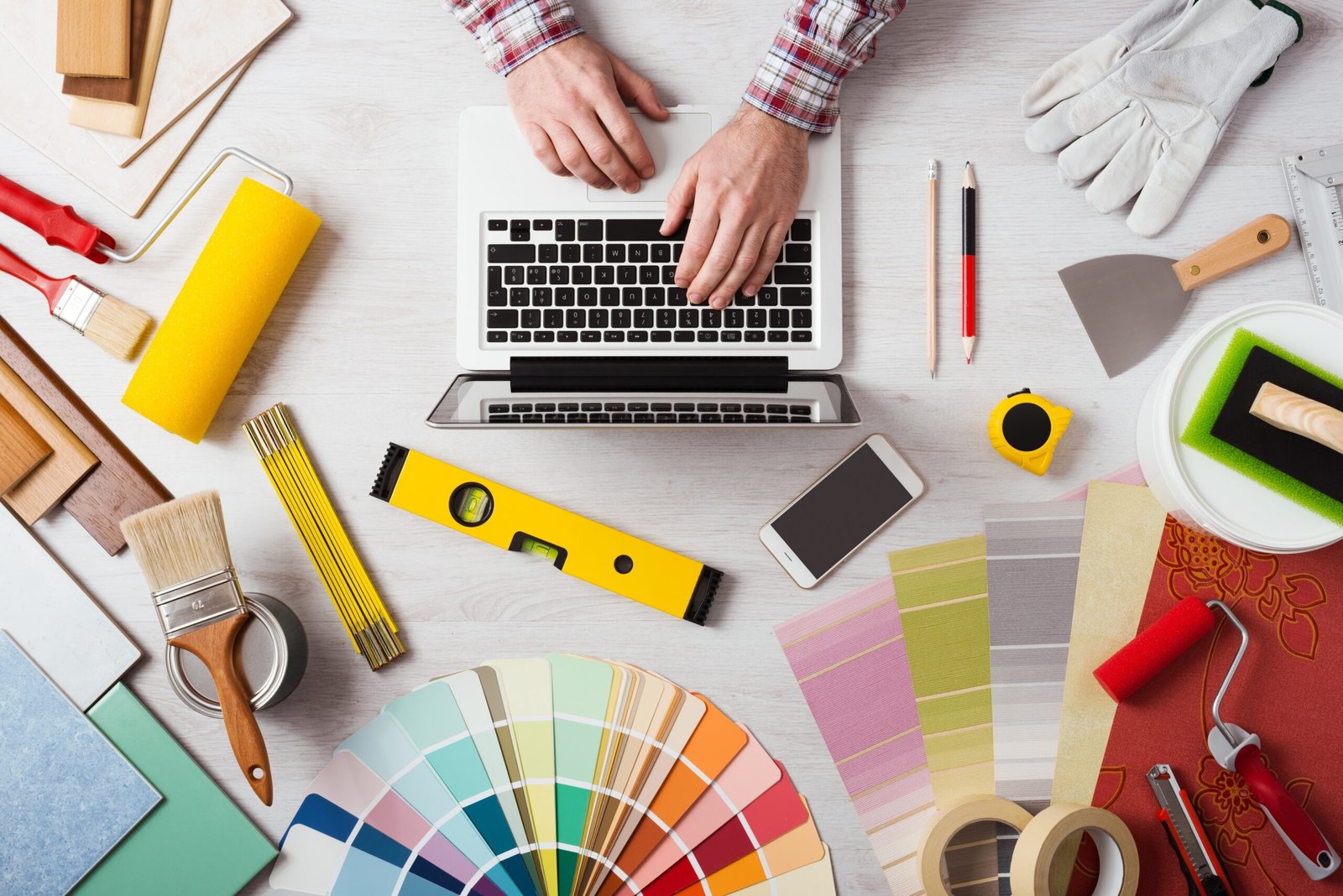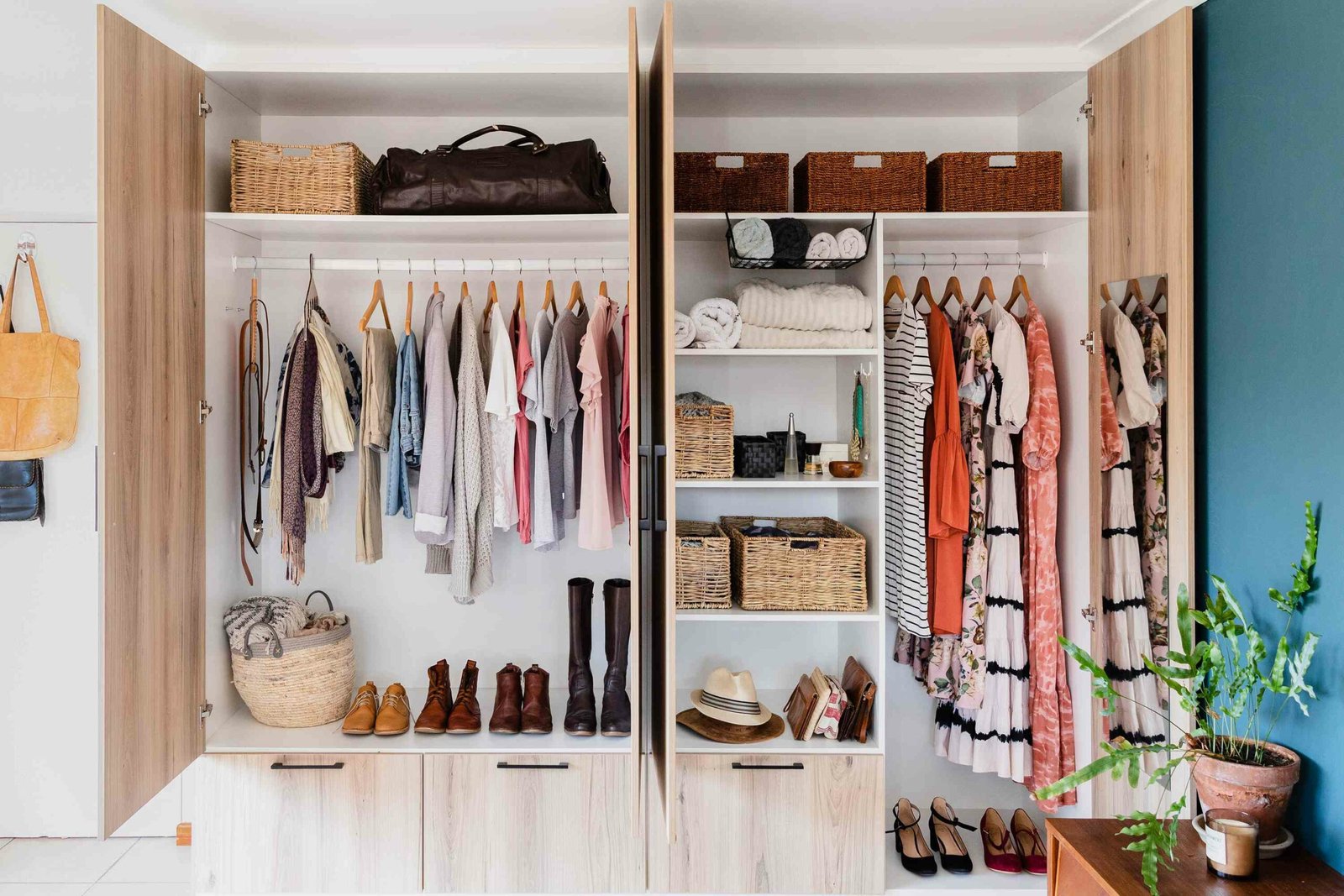Table of Contents
Welcoming a new pet into your home is an exciting experience, but it requires careful preparation to ensure their safety and well-being. Just as you would meticulously prepare your home for a newborn, it’s essential to create a secure environment for puppies, kittens, and other small animals, including birds and fish.
Puppies and kittens are naturally curious and tend to explore every nook and cranny of their new surroundings. To prevent accidents, it’s crucial to install safety nets on balcony and window grills, which will keep your small pets safe from slipping through and falling. Additionally, kittens and cats love to climb, making window sills a potential hazard. Fitting grills with wire or hard plastic mesh can provide an extra layer of protection, ensuring your furry friends can safely enjoy their new home without risk. Taking these precautions will not only enhance your pet’s safety but also give you peace of mind as they settle into their new environment.
Tips for Pet-Proofing Your Home
Safety First
All staircases must be barricaded, to prevent small pets from rolling down or trying to climb up, unattended. Safety gates keep pets from running out, and keep them safe from entering potentially hazardous areas. Inside the house, sharp edges and corners of furniture that are at level with the pet need to be covered with suitable material that no harm come to pets while they romp around the house.
Silicone protective cover for sharp edges

Skid proof tiles are best as a wooden floor without rugs or carpets are slippery when pets run on a regular basis.Pet parents need to keep several day-to-day on-goings in mind with a pet moving around the house. One must remember to keep the toilet lid shut, as pets can look in mistaking it for a water bowl. This can be poisonous, especially with traces of toilet cleaners that may be present.
All- purpose household cleaners, medicines, insecticides, all need to be locked away in cabinets. Glassware, and other chewable decorative objects need to be kept out of reach of pets. Consuming any of this can seriously affect a pet’s health, and can be fatal at times.
We often end up offering food consumed by humans to our furry friends, supposedly out of love. Be warned, that a lot of these food items should remain off limits for our pets. It is known that chocolate is a no-no for dogs, but the list goes on to include foodstuff that can cause our pets weakness, upset stomach, dehydration, vomiting, tremors, and, in extreme cases, kidney failure. The list includes: Avocado, Citrus, Coconut, Grapes, Raisins, Nuts, Dairy, Onions, Garlic and salty snacks.
Keep electrical wires out of reach to prevent pets from getting entangled

If the house has a yard or a front lawn, then one must exercise similar caution and plant pet-friendly plants. An indoor potted plant containing lemongrass is a safer option for dogs to chew on. However, its best to consult a Vet. Pet owners need to check for hazardous items from the eye level of the pet and make the space free from such materials your space to accommodate your four-legged companion, think about what may be dangerous to them in their surroundings. We need to look out for items that can be potential choking hazards, things that could be picked up by our furry friends and swallowed that may cause digestion issues. Keep cords and wires on a higher level where the pet cannot reach, these can cause electric shock, strangulation and choking. These changes at home are a priority and pets must be watched and monitored closely, to avoid such accidents.
After dinner left overs or fish and chicken bones need to be cleared and trashed in a pedal bin with a lid so that pets don’t get to them. Fish and chicken bones are sharp, can cause not only choking but internal injury. So, as an important precautionary measure opt for a dustbin with a lid and keep this closed or make kitchens out of bounds for pets.
Creating a Safe Space for Your Pet
Ensuring Comfort and Care for Pets

Earmarking a place that would be a suitable spot in your home, is the first step towards ensuring the comfort and care that your pet deserve. The space chosen, will eventually become a pet’s designated area for relaxing and sleeping, and separately for meals and a toilet area, (till such time the pet is toilet trained).
Its best to go in for a pet mattress or a bed for your pet with removable covers, so that they can be washed from time to time and treated for ticks and fleas. Choose a suitable size that you think your young pet will ultimately grow to. A food grade bowl for serving meals or keeping dry food for the pet and a water bowl with fresh water need to be kept close to and easily accessible.
Keep a basket of toys and chewable items near your pet’s resting area, so that it can see and play with, other than seeking out other household items to chew and destroy.
Washable pet beds and mattresses
Ground level area is ideal for elderly pets. Absorbent pads should be placed where the pet can easily locate, for relieving itself. For pet parents who need to be away from home during working hours are faced with challenges. Wiring up a wi-fi camera that can be accessed over a mobile phone will allow monitoring of pets. Apart from a water bowl that needs to be kept full, a water fountain for pets for ready supply is helpful. Pet sitter services can be availed, and these are charged on an hourly / monthly basis – for care of your furry balls!
Maintaining a home that is neat and clean and pet -proofed is a challenge. Choose upholstery that is not light -coloured (that is if pets are allowed to get on to chairs and sofas) and avoid white materials. Have a quality vacuum cleaner at hand and vacuum to remove pet hair. Have sofa and chair covers that are removable for washing and cleaning that is required due to stains left by pet and odour. It is better to opt for furniture done in synthetic microfiber, leather and “outdoor” fabrics or stain-resistant ones. With a pet at home that cosies up or curls up on a chair or sofa, its best to go with soft furnishings which would require less of toiling while cleaning and maintenance. Sofas finished in leather or suede can be cleaned easily and made free of pet hair.
For keeping floors clean, for lightweight dogs, hardwood floor finish is easy to clean, while for heavier dogs, ceramic tiles or another nonporous hard surface flooring is ideal.Cats and kittens tend to scratch, to sharpen their claws. Gnawing action and sharpening claws are natural to dogs and cats. These actions can spoil furniture and upholstery. Pet parents can wean away their pets by introducing chewy bones and toys for the teething sensations dogs undergo. Scratch pads can save some cushions and sofa covers from sharpening cat claws.
Planning for Birds and Fish Aquarium
Birdcages should be kept away from windows, as protection from the sun and rain. Similarly, aquariums should also be kept away from direct sunlight, to prevent the growth of algae, which will turn the water green. A fish tank should be kept away from that part of a house that is being painted, polished or and even during pest control treatment. The chemicals in the air are harmful for the fish. A fish tank needs to be kept in a quiet corner, away from loud noise. Electrical equipment in the tank needs to be checked routinely.
Other Small Animals as Pets
A much greater responsibility and caution must be exercised to have pets from amongst some smaller animals, as they are far more fragile creatures that have short lifespans. Therefore, owners need to be guided by their Vets and set their homes to offer maximum safety to these fragile little creatures we love.
Hamsters –

Tend to be active at night. Low 2” bedding to allow for burrowing behaviour needs to be provided. Cages and bedding need cleaning and refreshing regularly. Some hamsters need to be kept in cages after 10 weeks. Female hamsters can be hostile to one another, so one must plan the grouping accordingly.
Guinea Pigs-

On account of their teeth growing, they need chew toys to be able to gnaw. Guinea Pigs need Vitamin C supplements as their bodies cannot produce this.
Rabbits-

They are quick to learn litter box habits. They too like to chew and hide in small dark spaces. So, vents and ducts need to be sealed if a pet rabbit is let out of its cage for exercise.
Turtles-

Reptiles live long and turtles do for 25 years or more. Turtles can range in size from 4 inches to 80 inches. Check the species for the size before you welcome one home. Turtles also need hiding places and homes need to create the semblance of a hideout by using plants or driftwood in their habitat accordingly.











